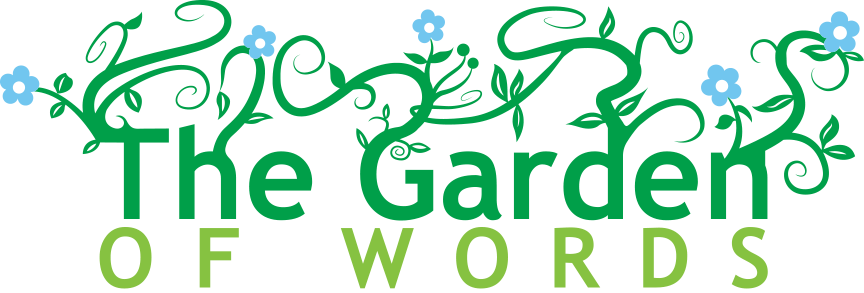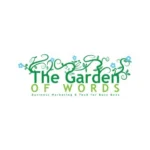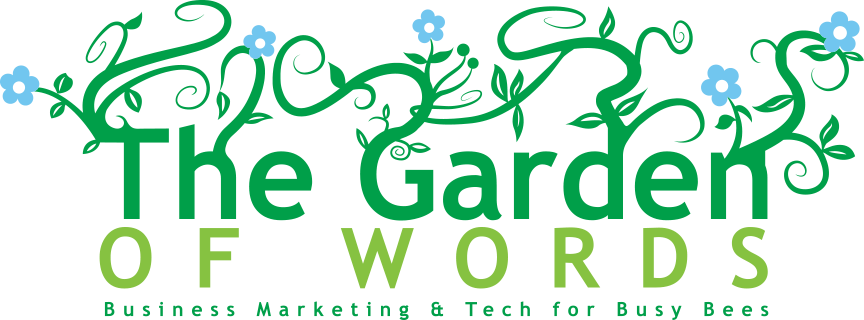Whether you’re a writer, author, speaker, or blogger, everything you put out there is intended to appeal to a specific audience. Maybe you know exactly who your audience is, but maybe you don’t…or it may need updating or revisiting. Since most of us are in the garden/landscape industry, you might be thinking, “Well, my target audience is gardeners,” but that, my friends, is waaaay to broad. Let’s take a look so we can dial it all in.

Why do I have to do this?
You don’t have to do anything you don’t really want to (which is a huge benefit to being a grownup), but if you want to deliver the right message to the right people, then identifying your audience is crucial to your marketing. And if you have products to sell, presentations to book, and books to move, it becomes even more important.
Spending a little time to target your audience helps you know where to focus your sales and marketing efforts. Why write all those blog posts and create endless social media posts if you have no real idea who you are marketing to?
How do I know who my audience is?
For some, it may be a no-brainer, and for others? Well, you’ll need to take a look at a few things to answer this question. These considerations can help you begin to define your audience:
- What’s your expertise? Do you focus on accessibility gardening? Your audience is likely older or experiencing mobility issues. How about teaching children to garden? Your audience is parents, grandparents, teachers. If you’re a rose/daylily/xeriscape expert, your audience is filled with plant nerds (we say that lovingly, as we are, ourselves, plant nerds). Do you write and speak about canning, growing food, beekeeping, water conservation? You’re attracting homesteaders, and they could be any age.
- Who follows you on social media? It’s easy enough to look at your insights on your Instagram account to find out the age range, gender, and location of your followers. You might be surprised to know you’re a hit with the 25-34 year old age group, that your followers tend to be men over women, and that your local following is strong and growing. Use this info to first be aware of who is already following you, and then to tweak your content if those people are not actually your intended audience.
- What do your website analytics tell you? If you’ve never delved into your website’s analytics, now’s the time! There is a wealth of information in there that can spotlight who is attracted to your content, from city locale, gender, age range, and then how they behave when they are on your site. What blog posts are the most popular? How long do they stay on your site? What are they clicking on?
- Who shows up to your presentations? Doesn’t get any easier than taking a sweeping look at who’s filling the seats when you speak! Are they older, younger, mostly women, home gardeners, industry professionals, crunchy granola types? Do you attract homesteaders, young parents, designers? All good to know!
Create an Avatar to Dial It All In
Once you’ve completed some of the above recon work (and review it once or twice a year to see if anything’s shifting!), it’s time to dial it all in. You want to create an avatar, your picture of your ideal follower. You’re going to make up a pretend person, and every time you write a blog post, prepare and give a presentation, or create your online classes, you’ll think of this person and act like you’re talking or writing directly to them.
These questions/activities are designed to help you focus, not to “exclude” anyone from your target audience, BTW. And have fun with it — remember, this is your passion!
- What is your avatar’s gender? Male, female, non-binary?
- What is their age? Don’t think in terms of age range; choose a definitive age like 55 or 33.
- What do they look like? Again, this is not for superficial purposes; it’s to concretely imagine your ideal customer/client/follower.
- Where do they live?
- What do they do for a living? Stay-at-home parent, plant grower, retired teacher? Don’t overthink this; anything can change.
- What are their hobbies? Reading, growing food, running, dog parent? Think of any hobbies that they may have, not just the ones related to gardening.
- What are their values? This gets interesting here. Do they value protecting the planet, raising their children close to nature, not having children at all? Do they value water conservation, food security, religion/spirituality, money, community?
Here’s an example!
Okay, you’ve gone through all the above steps and exercises, now let’s look at what this all means in practice. Let’s say your expertise is edible gardening and your audience is stay-at-home parents — who’s your avatar?
Meet Anna, a 31-year-old mother to baby Leo (18 months old) and partner to Christine. She has a degree in biology, loves learning about soil and plants, and volunteers in a community environmental awareness group in their Seattle area. She’s also an avid runner and her daily wardrobe is tank tops and shorts. She has brown hair that is sometimes dyed pink. She wants to learn more about growing and preserving her own food, and is starting to add fruit trees into her garden. When they’ve put baby Leo to bed and fed their Goldendoodle Harry, she loves watching Game of Thrones on repeat and learning how to bake macarons.
Now picture Anna every time you create any content. You’re talking to Anna, you’re creating that workshop for Anna, you’re writing to Anna. What words and phrases speak to her? How do her values impact how she gardens? What does she want to learn from you? How does your ninja skill of food gardening help her?
This is a topic that can go as deep as you want it to, but the more clearly you define who your audience is, what’s important to them, and how they think/behave/speak/make decisions, the better you’ll be able to make sure that your message reaches them and resonates with them.



